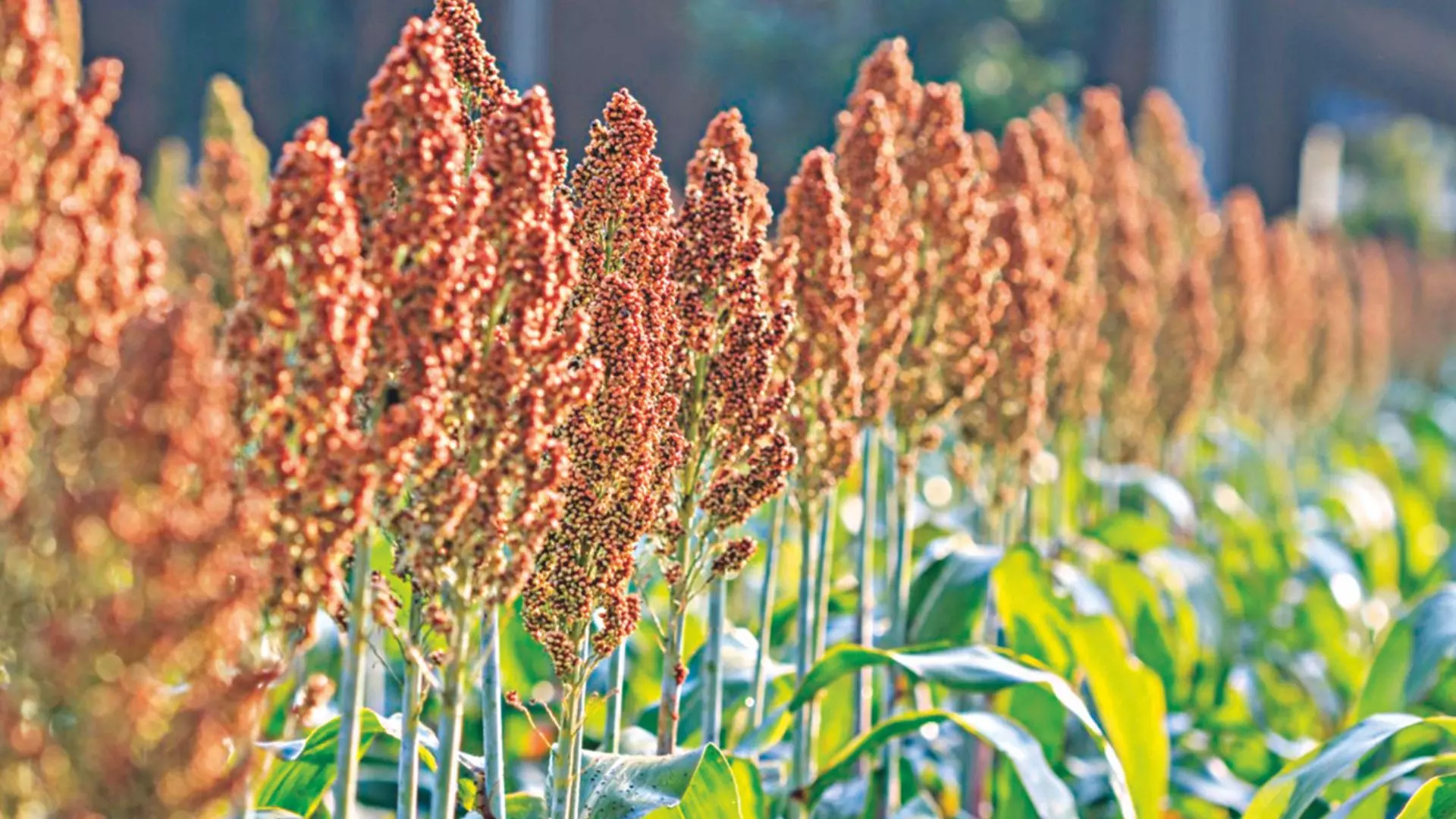Ancient grains prominence pushes wheat on the sides
High nutritional value and environmental sustainability are making ancient grains a staple daily food item in most households

For centuries, wheat has been the backbone of human civilization, forming the basis of bread, pasta, and countless other staple foods. However, in recent years, a growing movement has emerged — one that seeks ancient grains into our diets. As people become increasingly concerned about gluten intolerance, nutritional value, and environmental sustainability, grains like farro, teff, sorghum, amaranth, and millet are making a strong comeback. These ancient grains are now appearing in everything from artisanal breads to breakfast cereals, signalling a shift away from the dominance of modern wheat. Ancient grains refer to varieties of grains that have remained largely unchanged by selective breeding or genetic modification for thousands of years. Unlike modern wheat, which has undergone extensive hybridization to increase yield and gluten content, ancient grains have been cultivated in their original forms.
Ancient Super Bites
For centuries, ragi (finger millet) has been a staple food in many villages across the country. In Hyderabad and Telangana ancient millets like Korralu (Foxtail millet), Saamalu (little millet), Bajra (pearl millet) and Jonnalu (jowar) are a dietary staple in most households. Ragi is rich in calcium. In Maharashtra Jowar (sorghum), Nachni (finger millet) and Bajri
(pearl millet) bhakri aka roti is a daily staple. Bajra roti is also popular in Rajasthan and Gujarat. Other traditional millets include barnyard, chia, and buckwheat.
Power & Nutrition
The resurgence of ancient grains is driven by several factors, including health concerns, dietary trends, and environmental sustainability. One of the biggest drivers behind the interest in ancient grains is gluten intolerance. While only about 1% of the population has celiac disease, a growing number of people report experiencing bloating, fatigue, and digestive discomfort after consuming modern wheat. Some experts suggest that modern wheat’s higher gluten content — bred to improve bread elasticity — may contribute to this trend.
Dr. Sanjana Rajan, a nutritionist and gut health specialist, explains, “Modern wheat has been modified over the years to increase its gluten content, which may be contributing to the rise in gluten sensitivity. While not everyone needs to avoid gluten, many people find that ancient grains are easier on digestion due to their lower gluten levels and higher fiber content.”
Ancient grains, on the other hand, tend to have lower gluten levels, and some, like teff, sorghum, and amaranth, are entirely gluten-free. This makes them an appealing alternative for those with gluten sensitivities.
Health Benefits
Compared to modern wheat, ancient grains often have higher levels of fibre, protein, and essential vitamins and minerals. For example, Teff is rich in iron and calcium, making it beneficial for bone health. Amaranth is packed with lysine, an essential amino acid missing in many grains. Farro provides complex carbohydrates and fibre, helping with digestion and satiety. Rakhi Krishan, a Chef says, “People are becoming more conscious about what they eat, and ancient grains offer incredible nutritional value. Not only are they rich in essential nutrients, but they also add depth and flavour to meals, making healthy eating more enjoyable.” With rising awareness of the importance of nutrient-dense foods, many consumers are seeking out these grains as healthier alternatives.
Sustainability Factor
Unlike modern wheat, which requires significant water and pesticide inputs, many ancient grains are naturally drought-resistant and thrive in diverse climates. Sorghum, for example, is one of the most resilient crops, capable of growing in arid conditions with minimal irrigation. As climate change intensifies and sustainable agriculture becomes a priority, farmers and policymakers are taking a closer look at ancient grains as a viable solution. Their ability to grow in poor soil conditions and withstand extreme weather makes them an attractive option for future food security.
The growing demand for ancient grains is reflected in supermarket shelves and restaurant menus. Health-conscious consumers are actively seeking out ancient grain-based products, from quinoa bowls to sorghum flour tortillas. The global market for ancient grains is expanding, with food manufacturers launching new products to cater to this demand.
In the U.S and even in India, major brands are incorporating ancient grains into their offerings. Fast-casual restaurants are serving grain bowls featuring farro and millet, while bakeries experiment with einkorn and spelt flour to create rustic, flavourful breads.
Wheat Watch
Despite the rising popularity of ancient grains, modern wheat is unlikely to disappear anytime soon. It remains a staple crop due to its affordability, versatility, and widespread availability. However, what we are seeing is a diversification of grain consumption. Rather than completely replacing modern wheat, consumers are incorporating a mix of grains into their diets, seeking variety and better nutrition. Additionally, some farmers and scientists are working on breeding new varieties of wheat that maintain high yields while reducing gluten content or increasing nutritional value.
Prehistoric Superfood
Farro: A nutty, chewy grain
that was a staple in ancient Roman diets.
Teff: A tiny, gluten-free grain from Ethiopia, known for its rich calcium and iron content.
Sorghum: A drought-resistant grain packed with antioxidants.
Amaranth: A protein-rich, gluten-free grain used by the Aztecs.
Millet: A small-seeded grain
commonly eaten in Africa and Asia, prized for its high fibre content.
The growing demand for ancient grains is reflected in supermarket shelves and restaurant menus.
People are becoming more conscious about what they eat, and ancient grains offer incredible nutritional value.”
— Rakhi Krishan, a Chef
